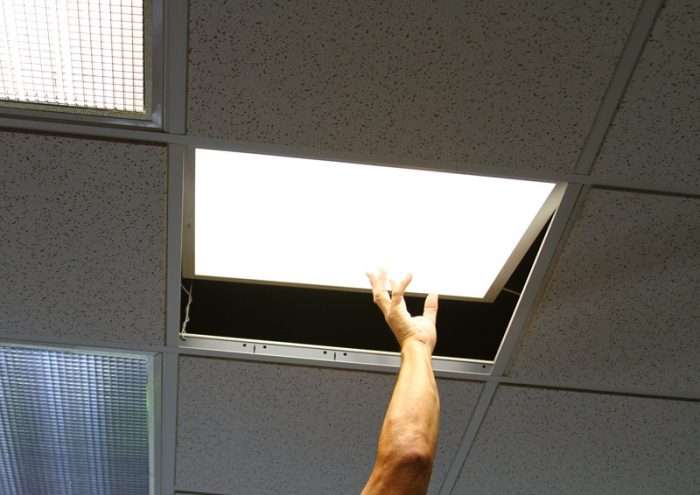LED lights save money. No matter what standard you are using, they reduce the monthly energy bill for businesses and individuals.

They require significantly less energy than other traditional lighting options and companies, businesses and homeowners can see a quick return on investment when they convert their lighting to LED lights.
Electrical lighting has become so commonplace and taken for granted that some people think their lighting bill is a fixed cost that can only be reduced by turning the lights off and working in the dark. Because it isn’t usually as big of a cost as heating or cooling a building, for example, many people don’t consider the money they spend on lighting or how they could reduce that monthly cost.
Energy consumption, bulb replacement, and labor costs are all factors that should be taken into consideration if you are thinking about converting to LED lights. Whatever your lighting needs, LED lights are often the best option for providing reliable lighting while saving money.
LED lights save money through energy efficiency
The number one factor in lighting costs is the amount of energy that is used to illuminate the bulb. Using lighting options that reduce your energy consumption can go a long way in having a lower monthly electrical bill. Typically when people think of energy saving lights, they think of CFLs (compact fluorescent lamp) or LEDs. While CFLs are certainly more energy efficient than other lighting options like incandescent or fluorescent bulbs, they still consume more energy than LEDs. Plus, CFLs contain mercury, which, if not disposed of properly, can leach into water sources and become a serious pollutant.
LED lights save money through energy consumption
While LED lights are typically 30 to 40 percent more expensive than other lighting options, they can also last four to five times longer depending on the brand used. That means that instead of changing light bulbs every year or two, you’ll be able to go almost twenty years before you need to worry about changing a light bulb again. More importantly, LED lights use 80 to 90 percent less energy than traditional lighting options. Add that to their longer lifespan, and you’ll see significant savings over time.


